Canada issued several notable postage stamp sets between 1928 and 1932:
1928 King George V “Scroll” Issue:
- Featured a profile portrait of King George V in a rectangular frame with ornate scrollwork at the sides
- Denominations from 1¢ to $1 for domestic and foreign rates
- Printed by the Canadian Bank Note Company using engraved plates
- Remained in use until the 1935 King George V Pictorial Issue replaced it
1930 King George V “Maple Leaf” Issue:
- Simple design with King George V’s profile and a maple leaf embossed on each stamp
- Denominations from 1¢ to 20¢ for domestic letters and parcels
- Printed by the British American Bank Note Company
1932 King George V “Medallion” Issue:
- Depicted King George V in an oval medallion with ornate frames
- Values from 1¢ to $1 for domestic and international postage
- Engraved and printed by the Canadian Bank Note Company
- Remains one of the most beautiful and ornate stamp designs produced in Canada
1932 3¢ King George V “Karsh” Photography Issue:
- Featured a famous portrait photograph of King George V taken by Yousuf Karsh
- Only a 3¢ value was issued as a commemorative stamp
- Historical significance as one of the earliest stamps using photographic illustration
These issues from 1928 to 1932 represented the depth of stamp designs honoring King George V during his reign over Canada as the British monarch. They included some of the most elaborate and iconic Canadian stamps produced during that era.
Canada was initially explored and settled by the French, but following the Seven Years’ War (1756–1763), the British gained control of most of France’s North American possessions, including what is now Canada. The Treaty of Paris in 1763 officially transferred New France to Britain.
During British rule, Canada was divided into several colonies, including Upper Canada (present-day Ontario), Lower Canada (present-day Quebec), Nova Scotia, New Brunswick, and Prince Edward Island. Over time, these colonies expanded and eventually united into the Dominion of Canada in 1867 through the British North America Act (now called the Constitution Act, 1867). This act established Canada as a self-governing dominion within the British Empire.
Even after Confederation in 1867, Canada remained a part of the British Empire until the Statute of Westminster in 1931, which granted Canada legislative independence from Britain. However, Canada continued to share the British monarch as its head of state, a tradition that persists to this day, with Queen Elizabeth II as the current monarch.

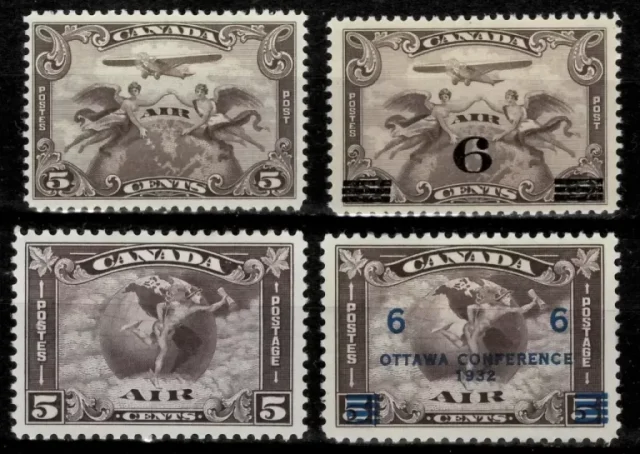
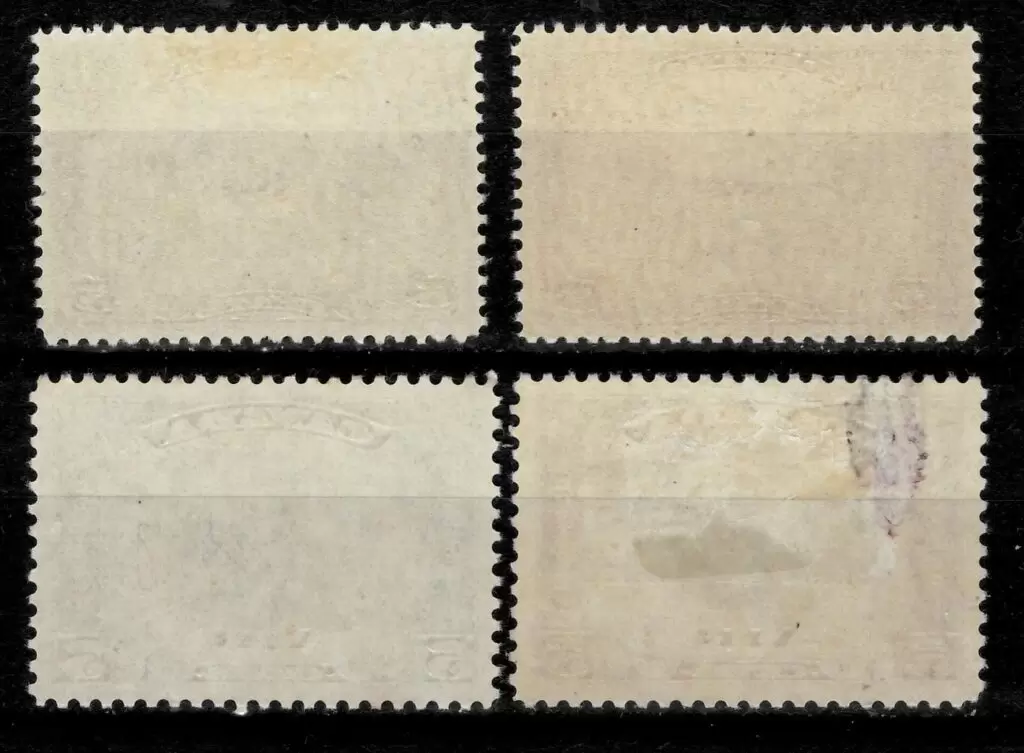
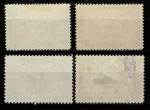

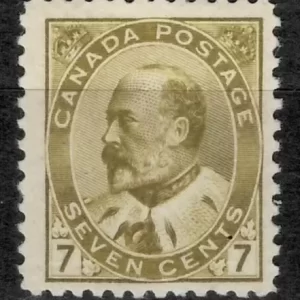
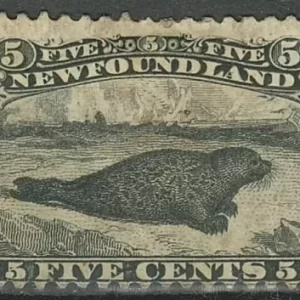
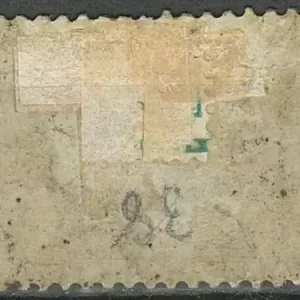
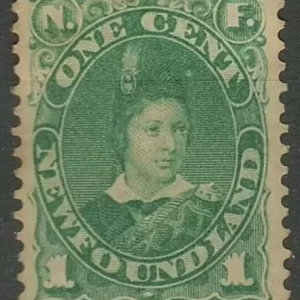
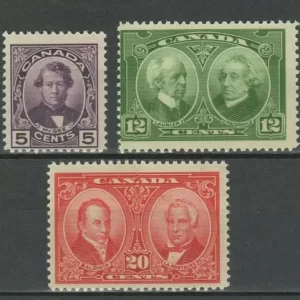

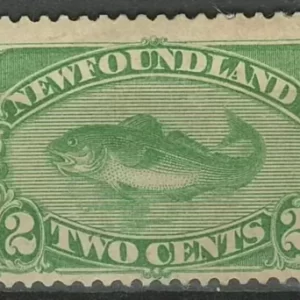
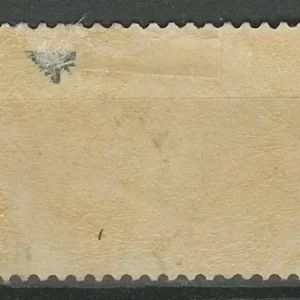
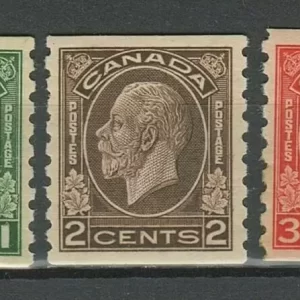
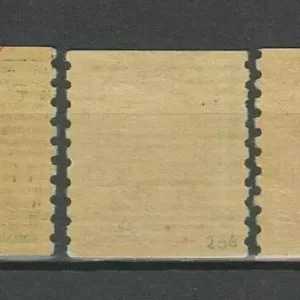
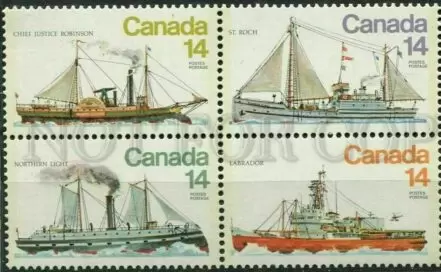
Reviews
There are no reviews yet.